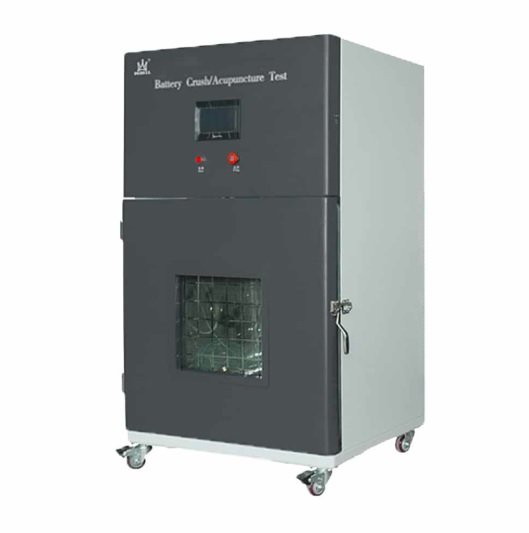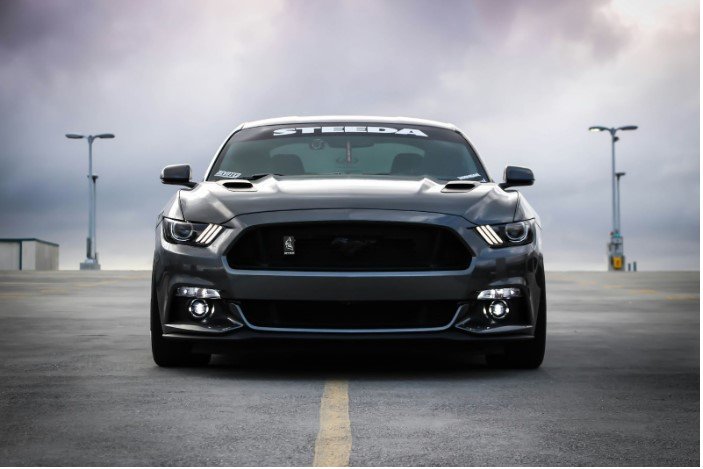Which vehicle manufacturer holds the top position in Australia’s automotive market?
Toyota maintains its lead position among Australian auto manufacturers through unmatched sales records and a growing range of hybrid cars that Australians love. Toyota’s market dominance not only impresses but actively transforms Australian perceptions about cars and shapes the country’s automotive direction.
The Japanese giant controls the Australian market through its reliable products and innovative features that meet Australian drivers’ needs. And the numbers don’t lie…
Toyota achieved a remarkable 19.8% market share in 2024 which translated to Toyota dealers selling almost every fifth new vehicle in Australia. That’s more than double their nearest competitor!
Which factors are driving Toyota’s remarkable success throughout Australia? What role is this automotive giant playing in shaping Australia’s automotive industry as we move forward?
Let’s jump in!
What’s Inside:
- Toyota’s Market Dominance in Australia
- Hybrid Revolution: Toyota Leading the Charge
- SUVs and Utes: Meeting Australian Demand
- Sustainability Focus: Beyond Just Hybrids
- The Toyota Dealer Network Advantage
Toyota’s Market Dominance in Australia
Toyota’s performance in Australia extends beyond success because they are absolutely dominating the market. Toyota rules the Australian automotive market with no rivals close behind as its lead expands further from competitors.
Toyota achieved remarkable success in January 2025 by selling 18,424 vehicles which translated into a 21.2% market share making it their highest since August 2024 according to recent data. The fact that Toyota recorded a 2.9% annual increase demonstrates they are not only holding their top position but also broadening their lead.
The year 2024 demonstrated even more remarkable results in terms of sales performance.
- Toyota sold 241,296 vehicles
- This represents a 16-year sales record
- Toyota expanded their market share by 12.1% which brought their total to 19.8%.
- Across Australia Toyota dealers achieved daily sales of 660 vehicles on average.
Toyota’s closest competitor Ford occupied only 8.2% of the market share which stood at less than half of Toyota’s robust market position.
How have they done it? Through a combination of:
- Consistently reliable vehicles
- Strong resale values
- Diverse model lineup
- Excellent dealer support
- Forward-thinking technology
When visiting toyota dealers in Brisbane, customers can experience firsthand the brand’s commitment to quality and innovation that has made Toyota the preferred choice for Australian drivers. Toyota’s dealers display the complete collection of their outstanding vehicle lineup which includes tough work vehicles and family-oriented SUVs as well as advanced hybrid models.
Hybrid Revolution: Toyota Leading the Charge
Toyota has gained significant success in the Australian market by adopting a cautious approach towards vehicle electrification compared to manufacturers who fully embrace electric vehicles. Their hybrid technology successfully combines environmental responsibility with practical functionality that suits Australian conditions.
Toyota managed to sell 28,204 hybrid vehicles in the first three months of 2025 which represented almost 60% of Australia’s entire hybrid market share. The accomplishment achieved is far from modest because Toyota has captured major control in the swiftly expanding hybrid segment.
The hybrid approach from Toyota meets multiple important concerns Australian drivers hold towards fully electric vehicles.
- Hybrid vehicles operate using alternate power sources apart from their batteries.
- The charging infrastructure for hybrids is not an issue since drivers won’t need to search for charging stations.
- Hybrid vehicles typically cost less than all-electric vehicles.
- Hybrid cars allow drivers to maintain their existing driving behaviors.
Battery electric vehicles (BEVs) make up only 4.4% of the market share in January 2025 yet Toyota hybrid models dominate the mainstream market. Current consumer choices demonstrate how Australia’s expansive landscape and infrastructure constraints influence vehicle preferences.
The RAV4 hybrid achieved its seventh straight monthly victory as Australia’s top-selling vehicle. This crossover SUV perfectly encapsulates what Australian buyers want: practicality, efficiency, and reliability without compromise.
SUVs and Utes: Meeting Australian Demand
Toyota’s Australian success comes from more than just hybrid technology because they effectively meet Australian driver preferences. Australian consumers are showing a growing preference for SUVs and utility vehicles.
In January 2025 SUVs and utility vehicles held a dominant 60.8% share of the Australian market. Toyota benefits from the market trend with its popular vehicles that Australian consumers demand such as:
- RAV4 (consistently the country’s best-selling car)
- HiLux (the workhorse of rural Australia)
- The Prado and LandCruiser vehicles are ideally suited for Australia’s rugged terrain.
- Kluger (the family-friendly SUV)
In Australia the HiLux has reached a status that approaches iconic recognition because of its universal association with durability and dependability. Tradies and farmers rely on this vehicle to serve as a tough and dependable workhorse for their demanding needs.
Toyota’s knowledge of Australia’s extreme weather conditions along with its long distances and diverse terrains has assisted them in creating vehicles to match our specific requirements. Smart business practices have established a virtuous cycle that transforms success into even greater success.
Sustainability Focus: Beyond Just Hybrids
Toyota plans to expand the Australian automotive landscape beyond hybrids by investing in various sustainable transportation technologies that promise to change how Australians drive.
Toyota’s primary revenue generators remain hybrids but they are concurrently channeling substantial resources into developing hydrogen fuel cells and other alternative energy technologies. The strategy matches Australia’s increased focus on sustainable transportation methods aimed at cutting carbon emissions.
Toyota stands apart from many competitors because they choose to develop multiple technologies at once and avoid betting everything on electric vehicles. Through these strategies Toyota reduces their risk from market uncertainties while offering Australian consumers tailored options to meet their unique requirements.
Their sustainability strategy includes:
- Hybrid expansion continues through the addition of hybrid models to their full range of vehicles.
- The company is making long-term investments in hydrogen fuel cell technology as part of their hydrogen development program.
- The company will strategically launch battery electric vehicles into the market.
- The production process strives to minimize its ecological footprint.
Australia benefits from this multi-pronged strategy because its large distances between major cities and special geographical features cause difficulties for pure electric vehicles. Toyota recognizes that Australia’s regions need region-specific solutions.
The Road Ahead: Where Toyota Goes Next
The ongoing changes in Australia’s automotive sector appear to place Toyota in an advantageous position to keep its leading status. Toyota’s diverse electrification strategy offers tailored solutions to meet Australia’s distinct challenges instead of using a standardized approach.
Toyota’s market dominance has created benefits for Australian consumers by raising the standard of quality and value while promoting sustainability throughout the automotive industry. All signs point toward Toyota maintaining its status as the standard for achievements in the Australian automotive market as it continues to influence the country’s automotive future.
Toyota provides attractive choices for Australian buyers who want a family SUV, a tough work vehicle, or an efficient hybrid commuter because of their varied lineup. The combination of Toyota’s deep local market knowledge along with global scale and innovation creates a competitive advantage that rivals struggle to replicate.
Refresh Date: August 21, 2025



